- With standard equipment
- With safety pack
Find more information in the General Comments section of the assessment
Find more information in the Rating Validity tab of the assessment
- See More
- See More
- See More
- See More
- Good
- Adequate
- Marginal
- Weak
- Poor
 Rear Seat
Rear Seat
 Front Seat
Front Seat
- Good
- Adequate
- Marginal
- Weak
- Poor
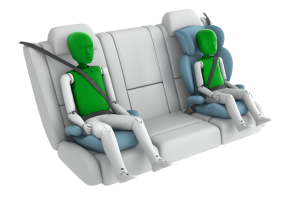

Passenger
outboard
center
outboard *
Fitted to the vehicle as standard
Not fitted to the test vehicle but available as option
Not Available
-
i-Size CRS
-
ISOFIX CRS
-
Universal Belted CRS
Easy
Difficult
Safety critical
Not allowed
| Seat Position | |||||||
|---|---|---|---|---|---|---|---|
| Front | 2nd row | 3rd row | |||||
| Passenger | center | Left | center | Right | Left | Right | |
| Maxi Cosi 2way Pearl & 2wayFix (i-Size) | |||||||
| Maxi Cosi 2way Pearl & 2wayFix (i-Size) | |||||||
| BeSafe iZi Kid X2 i-Size (i-Size) | |||||||
| Britax Römer TriFix2 i-Size (i-Size) | |||||||
| BeSafe iZi Flex FIX i-Size (i-Size) | |||||||
| BeSafe iZi Combi X4 ISOfix (ISOFIX) | |||||||
| Britax Römer KidFix XP (ISOFIX) | |||||||
| Maxi Cosi Cabriofix (Belt) | |||||||
| Maxi Cosi Cabriofix & EasyBase2 (Belt) | |||||||
| Britax Römer King II LS (Belt) | |||||||
| Britax Römer KidFix XP (Belt) | |||||||
Easy
Difficult
Safety critical
Not allowed
In both the frontal offset test and the side barrier impact, protection of both child dummies was good for all critical parts of the body and the Defender scored maximum points in this part of the assessment. The front passenger airbag can be disabled to allow a rearward-facing child restraint to be used in that seating position. Clear information is provided to the driver regarding the status of the airbag and the system was rewarded. The Britax Römer KidFix XP (as a universal CRS, using the adult seatbelts) failed Euro NCAP's belt-length test for rearward-facing restraints in the optional third row seats. Used forward-facing, as Land Rover intend, the CRS can be properly installed. Land Rover state that a child restraint should not be installed in the optional front row 'jump seat'.
- Good
- Adequate
- Marginal
- Weak
- Poor

Head Impact 17.4 Pts
Pelvis Impact 1.1 Pts
Leg Impact 6.0 Pts
| System Name | Emergency Braking | ||
| Type | Auto-Brake with Forward Collision Warning | ||
| Operational From | 10 km/h | ||
| PERFORMANCE | | |||
-
Cyclist from nearside, obstructed view
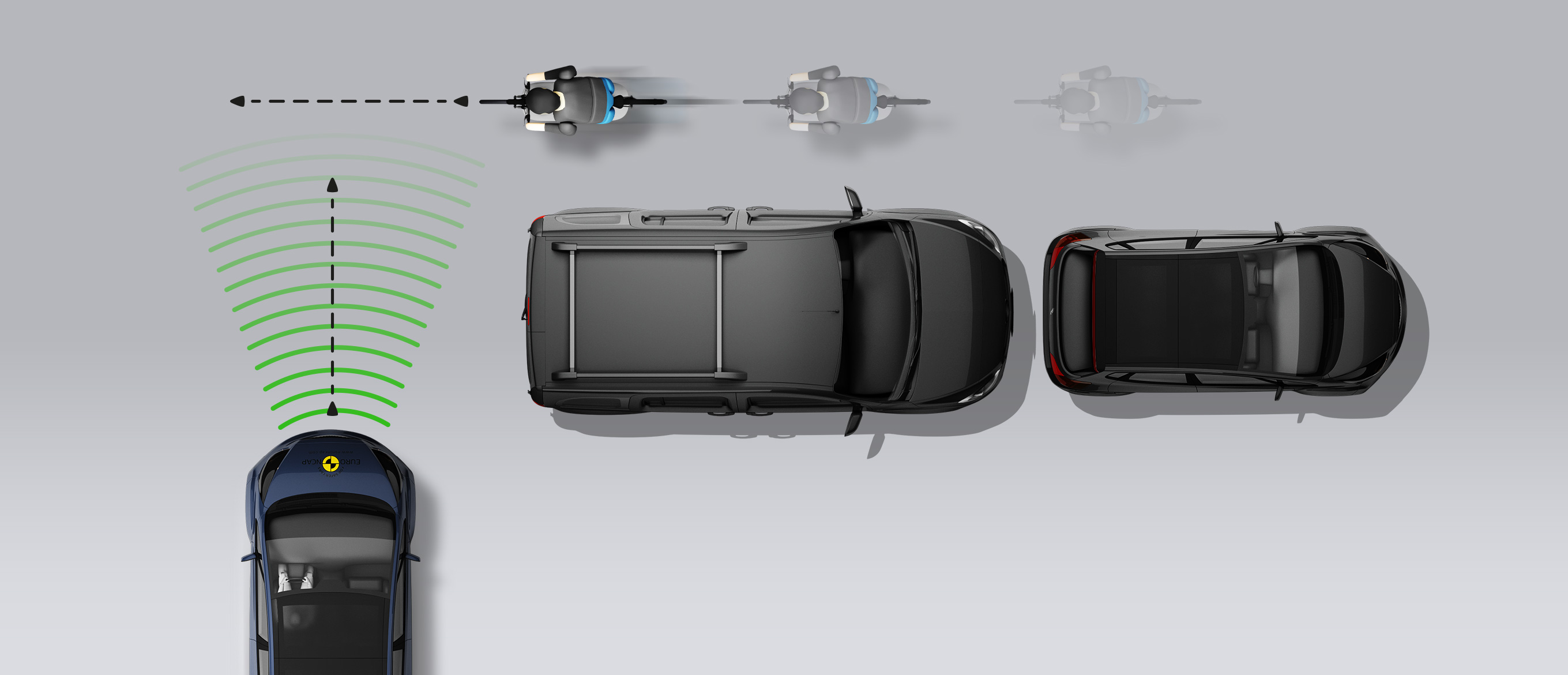
-
Approaching a crossing cyclist
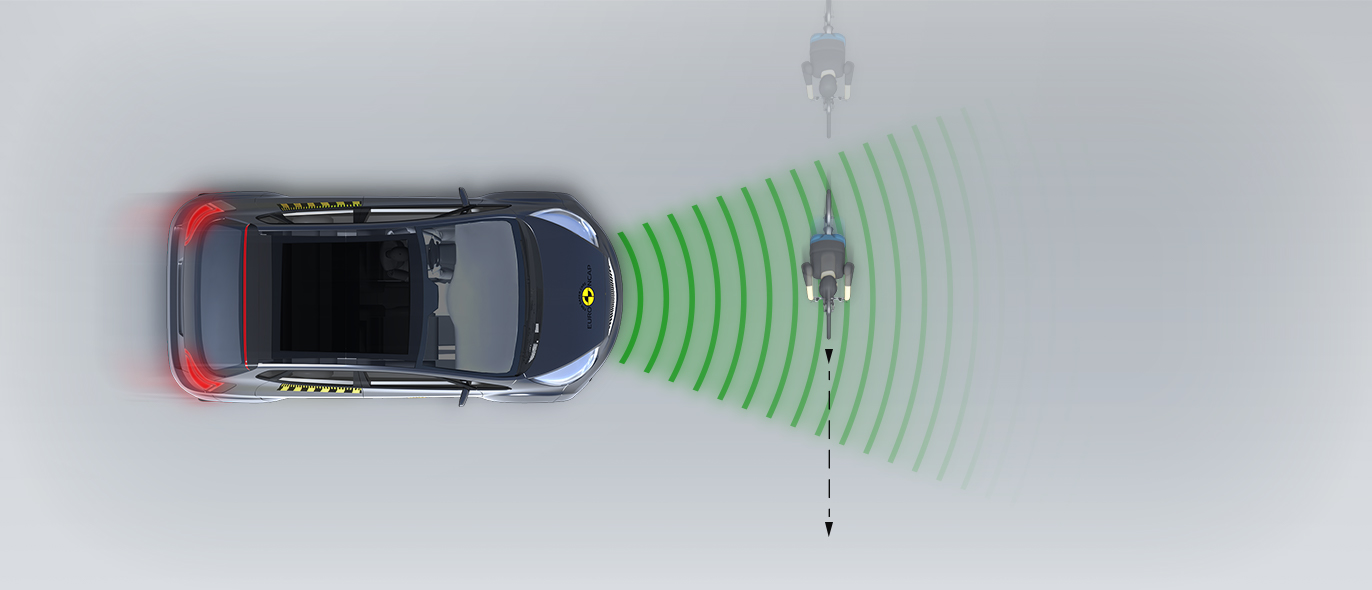
-
Cyclist along the roadside
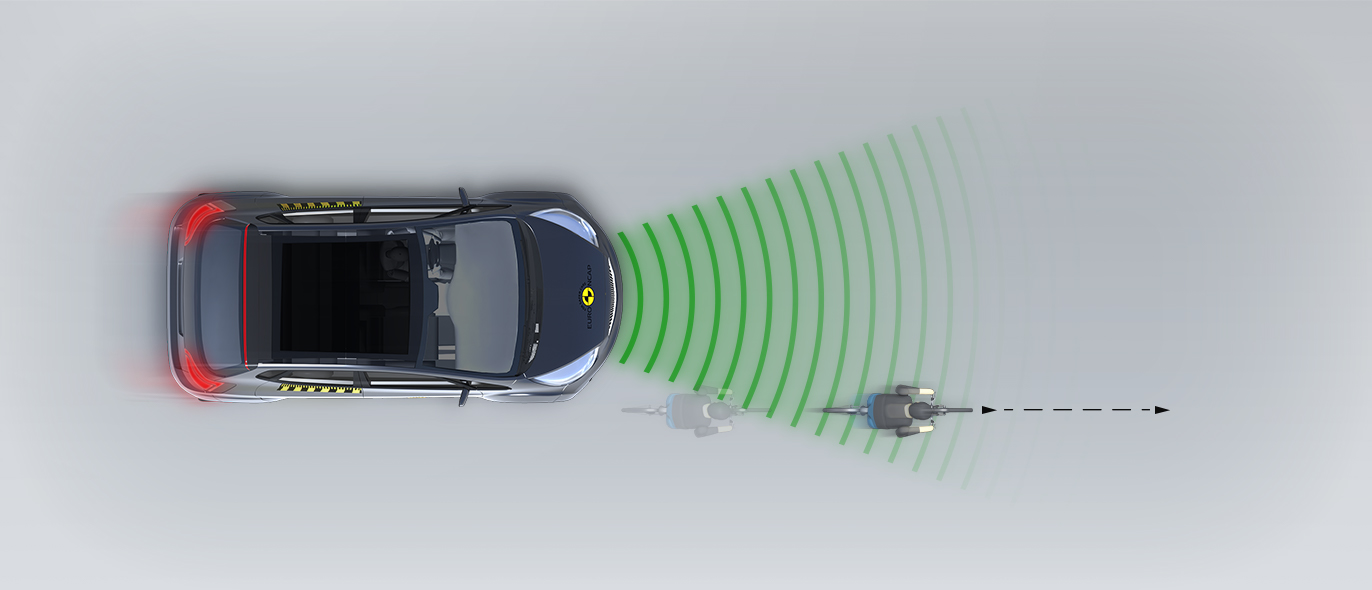
The bonnet provided predominantly good or adequate protection to the head of a struck pedestrian. The bumper provided good protection to pedestrians' legs. However, tests on the front edge of the bonnet revealed poor protection to a pedestrian’s pelvis at nearly all points across the width of the car. The Defender’s autonomous emergency braking (AEB) system can detect vulnerable road users like pedestrians and cyclists, as well as other vehicles. In tests, the system's response to pedestrians was adequate and to cyclists was good, with collisions avoided or mitigated in most cases. The system does not detect pedestrians to the rear of the car, and reversing tests were not performed.
- Good
- Adequate
- Marginal
- Weak
- Poor
| System Name | Speed Limiter |
| Speed Limit Information Function | Camera & Map, subsigns supported |
| Speed Control Function | System advised (accurate to 5km/h) |
| Applies To | Front and rear seats, including optional third row | ||
| Warning | Driver Seat | Front Passenger(s) | Rear Passenger(s) |
| Visual | |||
| Audible | |||
| Occupant Detection | |||
|
|||
| System Name | Driver Drowsiness Detection |
| Type | Steering input |
| Operational From | 60 km/h |
| System Name | Lane Keep Assist |
| Type | LKA and ELK |
| Operational From | 60 km/h |
| Performance | |
| Emergency Lane Keeping | |
| Lane Keep Assist | |
| Human Machine Interface | |
| System Name | Emergency Braking | |||
| Type | Autonomous emergency braking and forward collision warning | |||
| Operational From | 10 km/h | |||
| Sensor Used | camera and radar | |||
Autonomous emergency braking (AEB) is fitted as standard. The system performed well in tests of its detection and reaction to other vehicles, with impacts being avoided or mitigated in most cases. The Defender has a seatbelt reminder for the front and rear seats, including the optional third row seats. The vehicle also has ‘Driver Drowsiness Detection’, which uses steering inputs to detect when the driver is fatigued or otherwise impaired and issues a warning if that is the case. The lane support system gently corrects the steering of the car if it is drifting out of lane and also intervenes more aggressively in some critical situations. A speed assistance system uses a camera and a digital map to detect the local speed limit. The driver can choose to let the system limit the speed appropriately.
- Specifications
- Safety Equipment
- Videos
- Rating Validity
Specifications
Tested Model Land Rover Defender 110 2.0 diesel SE, RHD
Body Type - 5 door SUV
Year Of Publication 2020
Kerb Weight 2408kg
VIN From Which Rating Applies - all Defenders, including PHEV
Class Large Off-Road 4x4
Safety Equipment
Note: Other equipment may be available on the vehicle but was not considered in the test year.
Fitted to the vehicle as standard
Fitted to the vehicle as part of the safety pack
Not fitted to the test vehicle but available as option or as part of the safety pack
Not available
Not applicable
Videos
Rating Validity
Variants of Model Range
| Body Type | Engine | Model Name/Code | Drivetrain | Rating Applies | |
|---|---|---|---|---|---|
| LHD | RHD | ||||
| 5 door SUV | 2.0 petrol | "Standard", S, SE, HSE | 4 x 4 |  |
 |
| 5 door SUV | 2.0 diesel | "Standard", S, SE*, HSE | 4 x 4 |  |
 |
| 5 door SUV | 3.0 petrol | "Standard", S, SE, HSE | 4 x 4 |  |
 |
| 5 door SUV | 3.0 diesel | "Standard", S, SE, HSE | 4 x 4 |  |
 |
| 5 door SUV | 2.0 petrol + 105 kW electric motor | P400e# | 4 x 4 |  |
 |
* Tested variant
#Additional tests performed


Find more information in the General Comments section of the assessment
 Share
Share
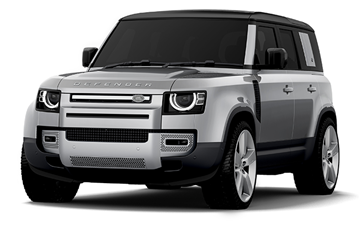






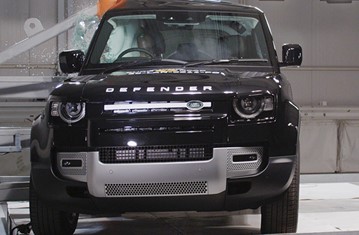

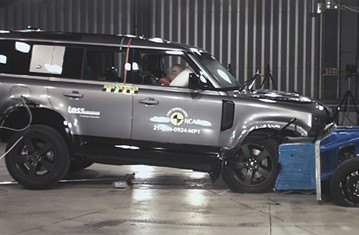
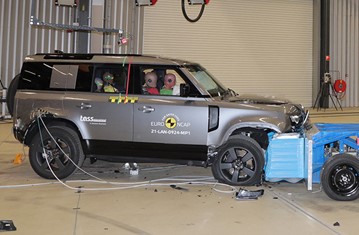




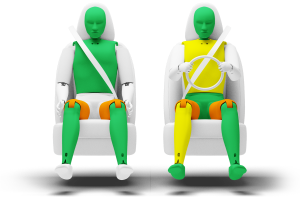
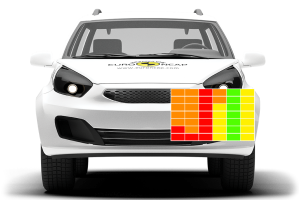
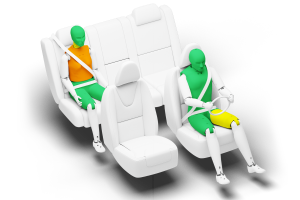


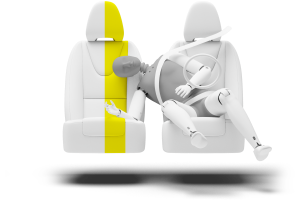
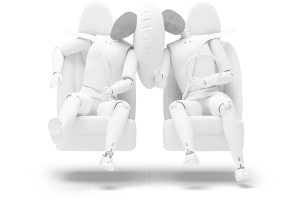
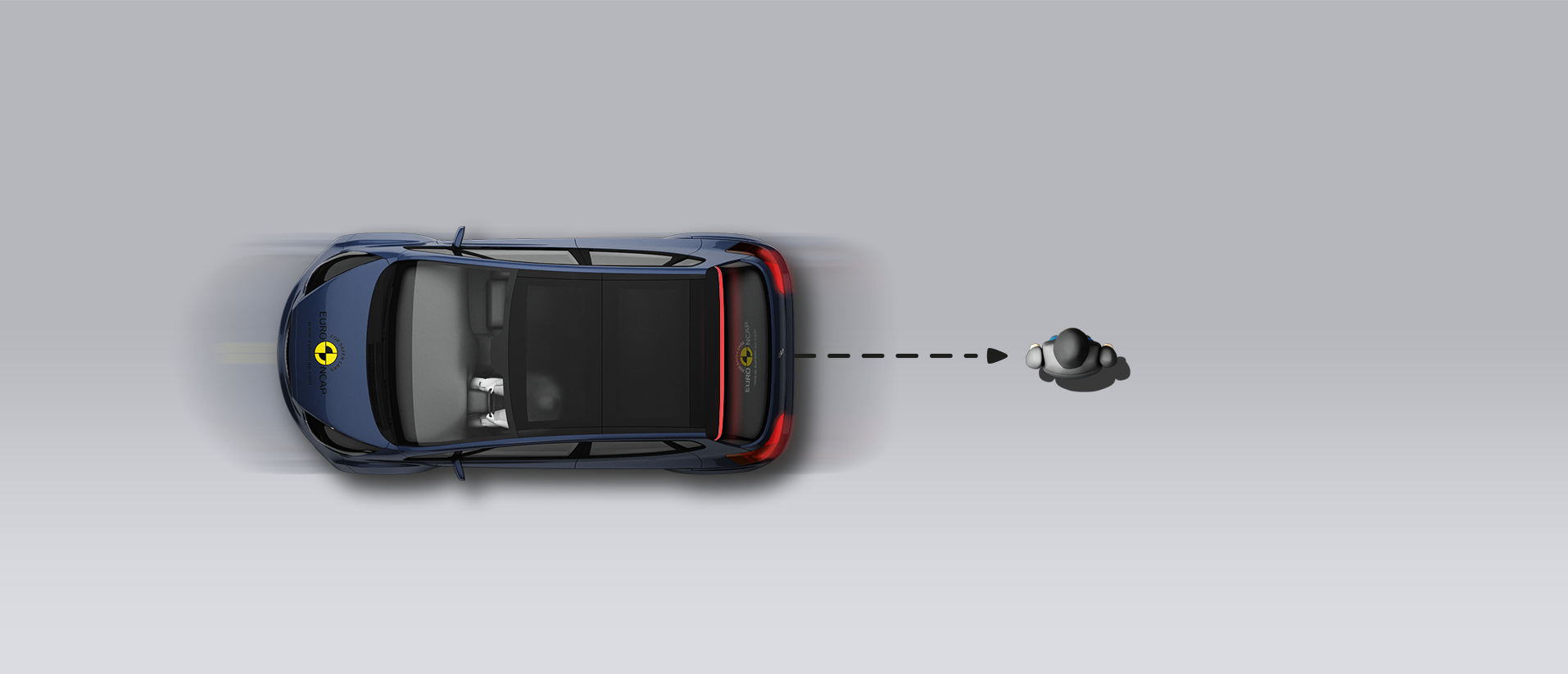
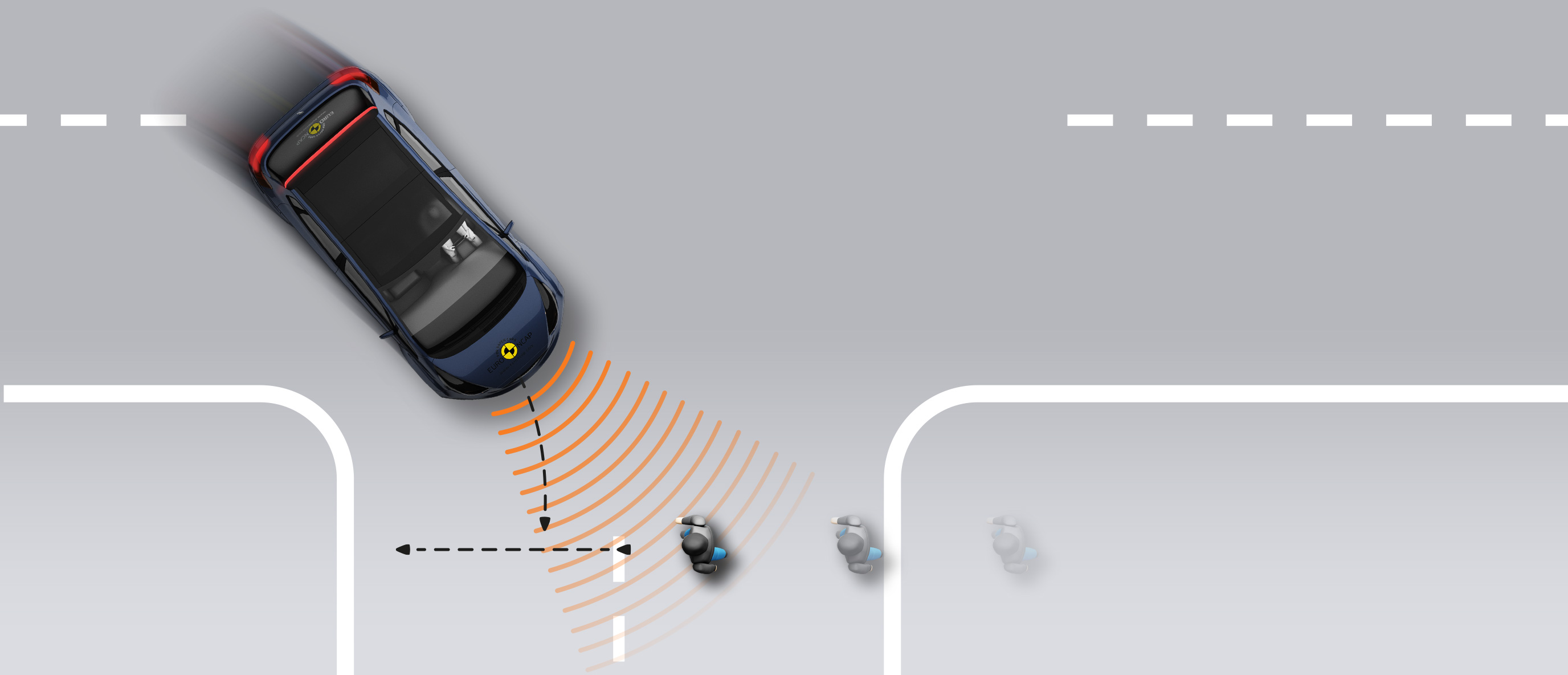
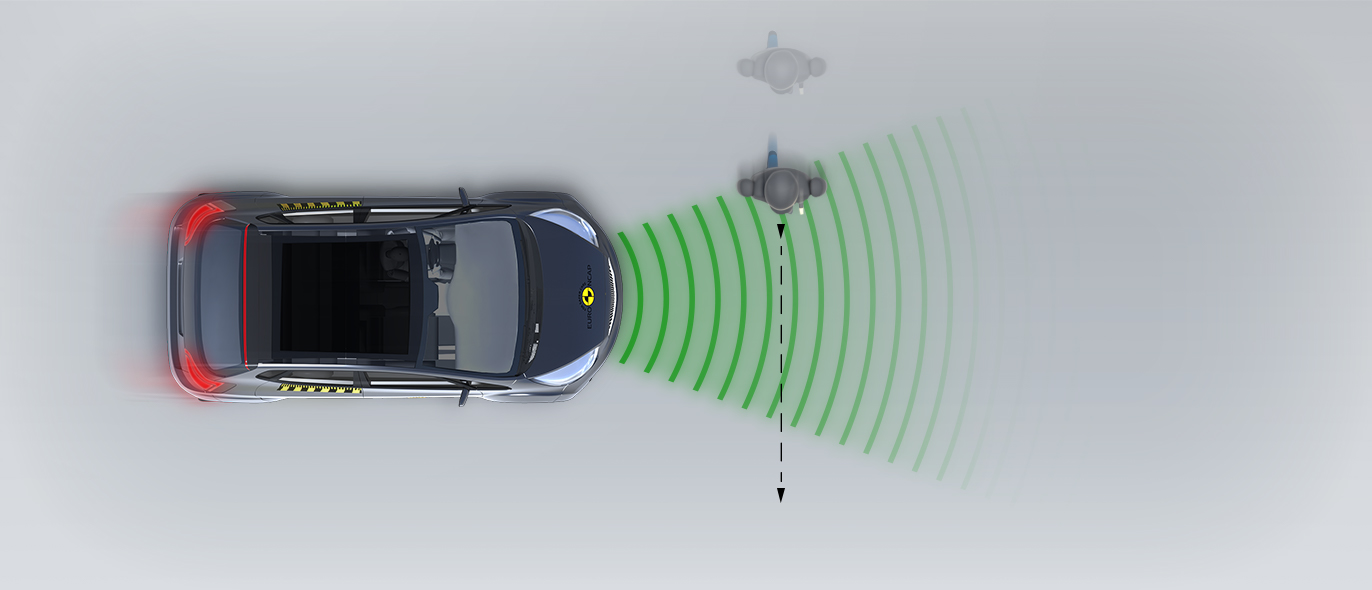
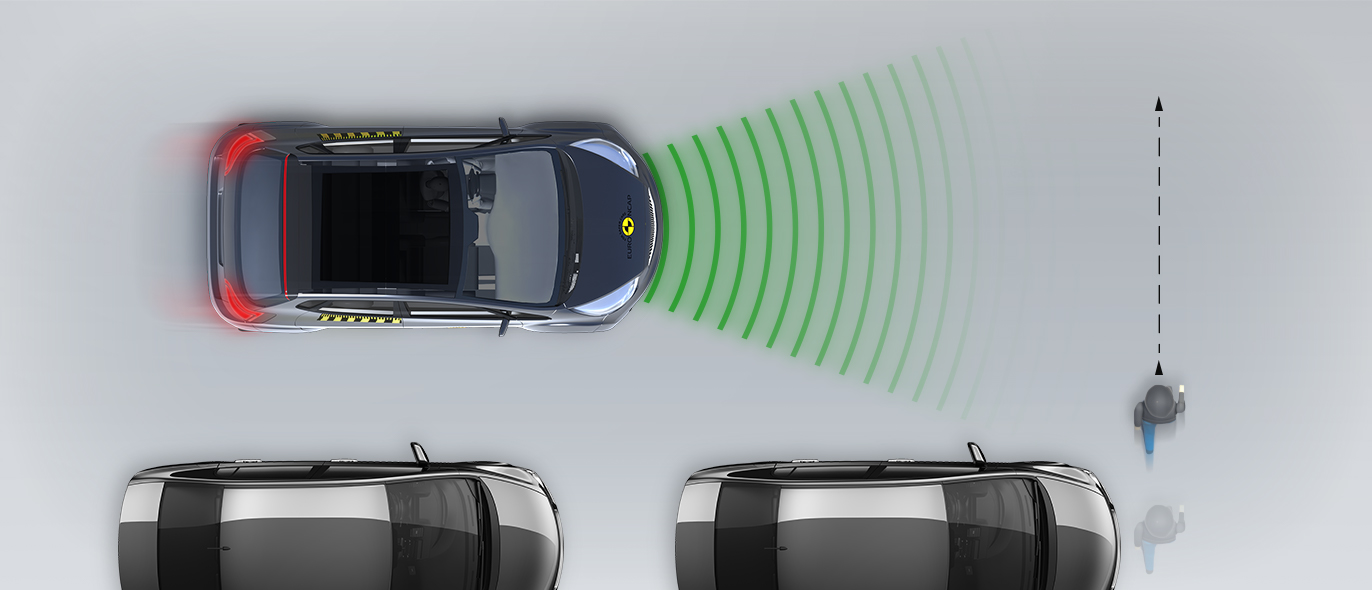
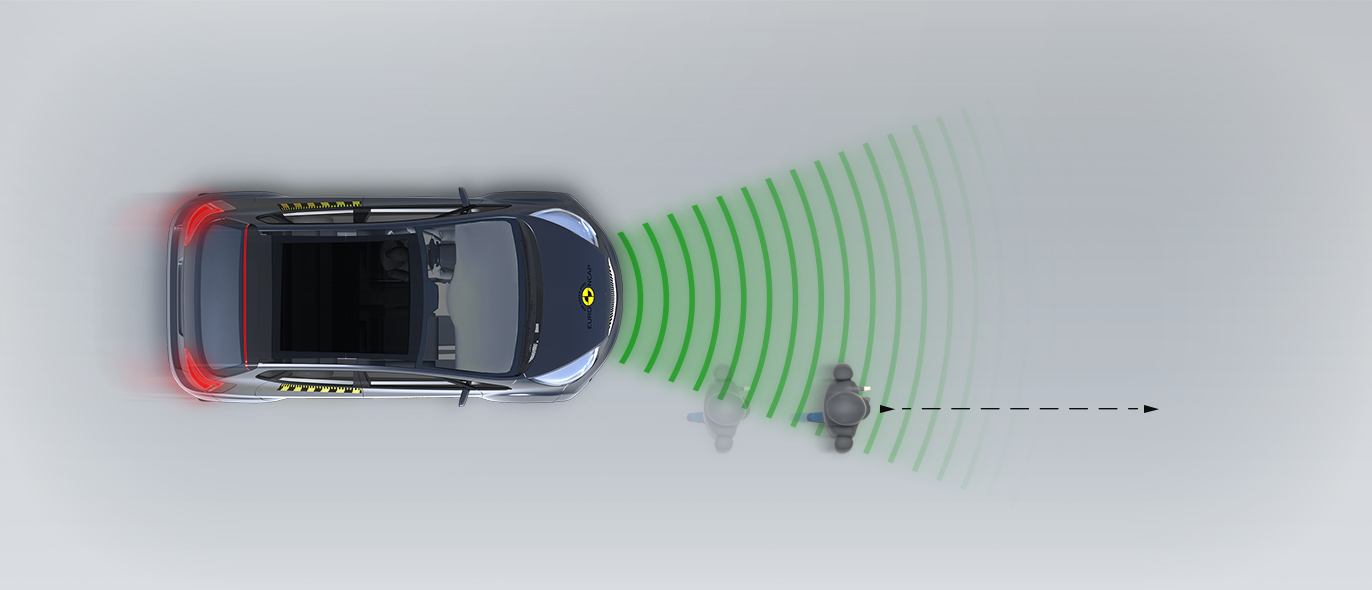


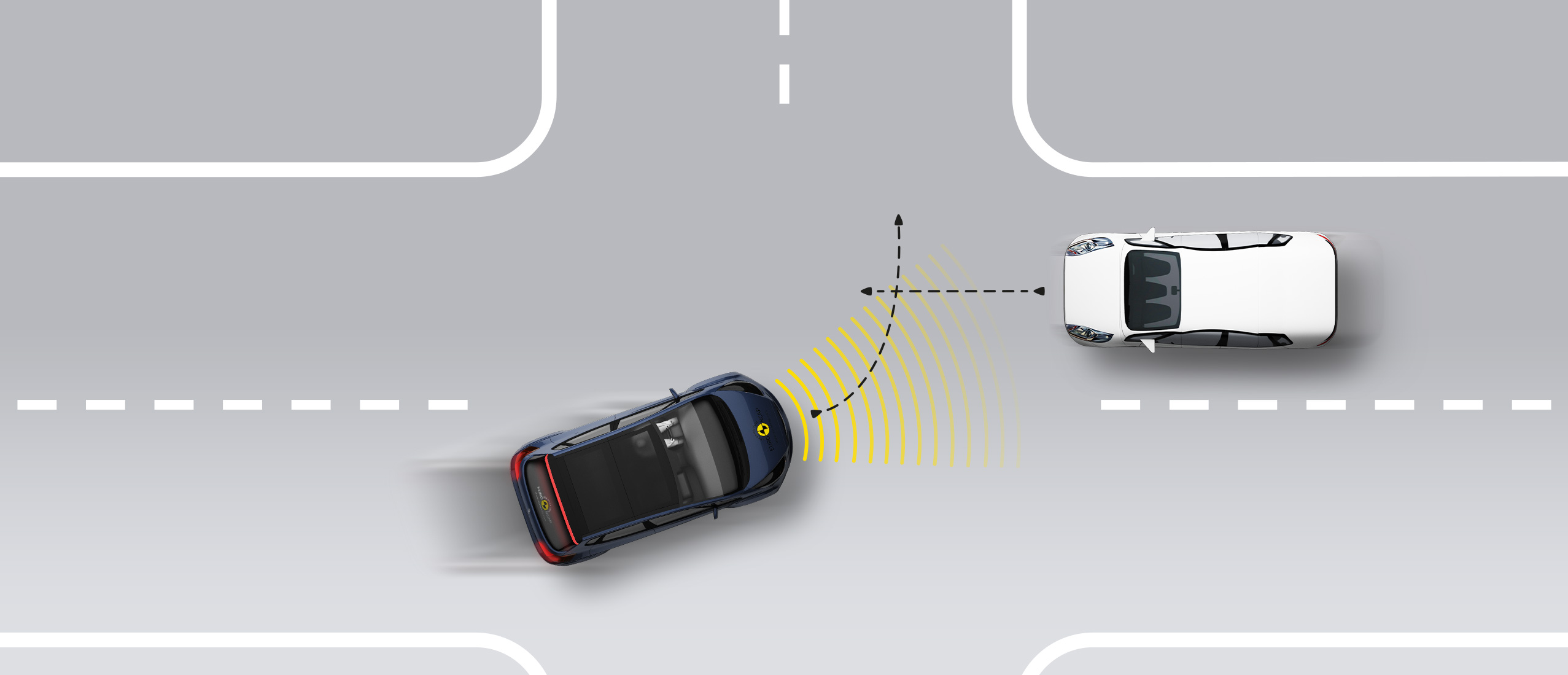
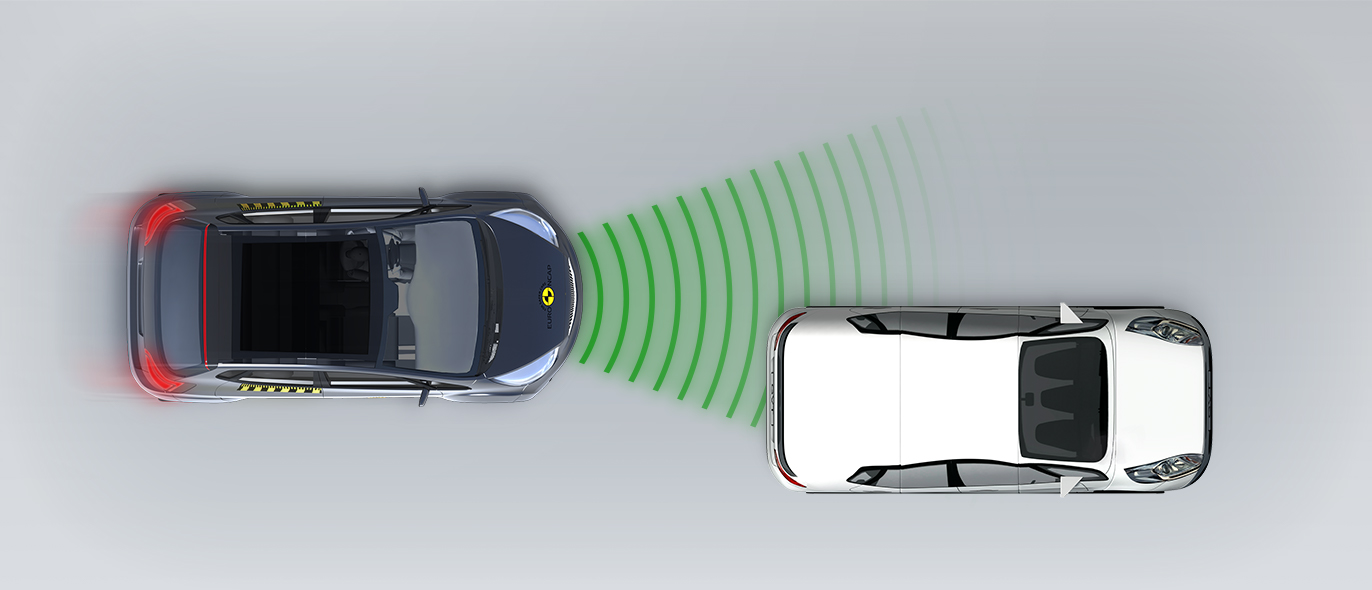
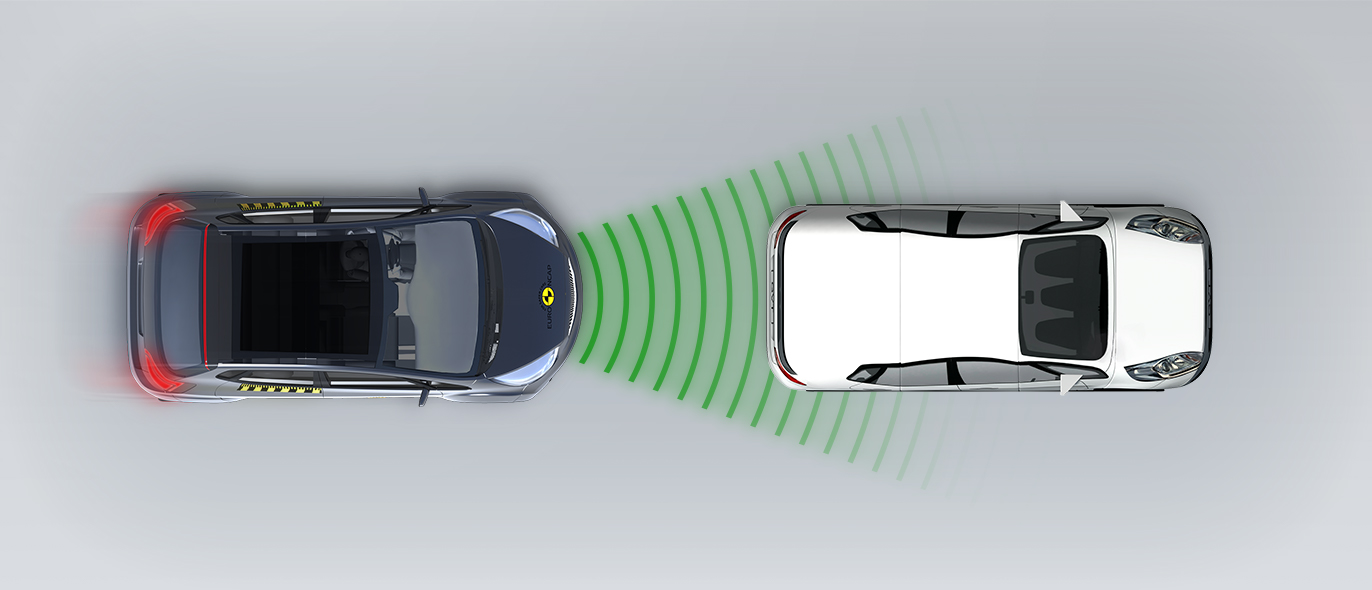
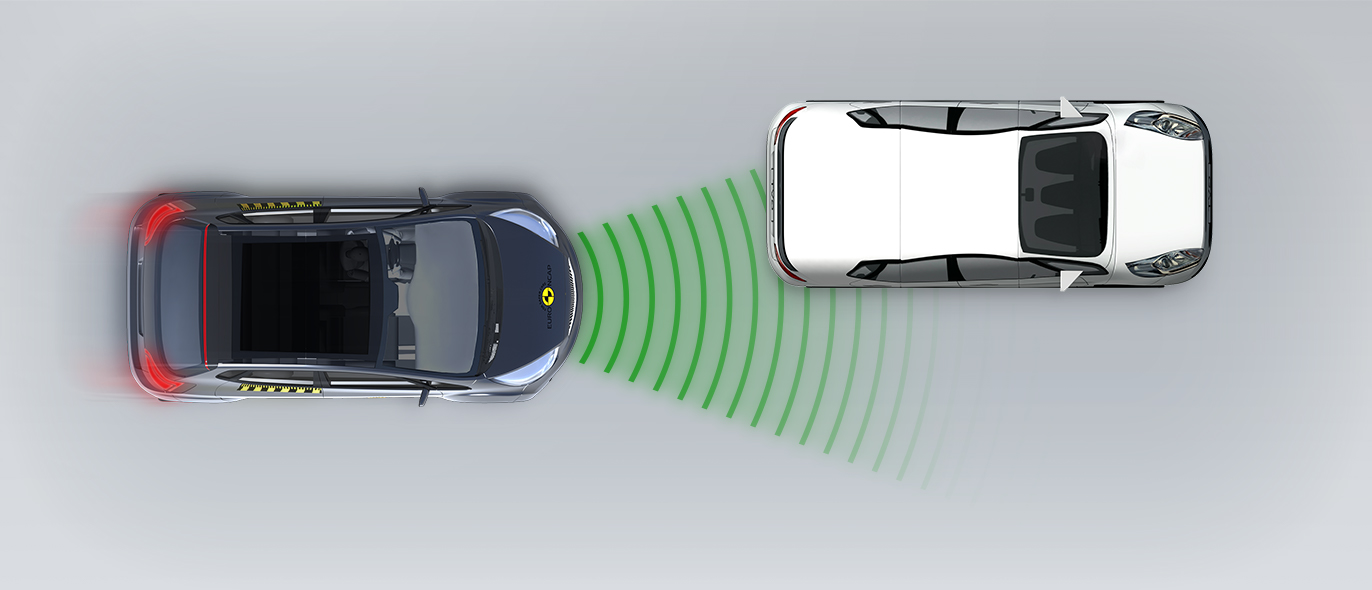
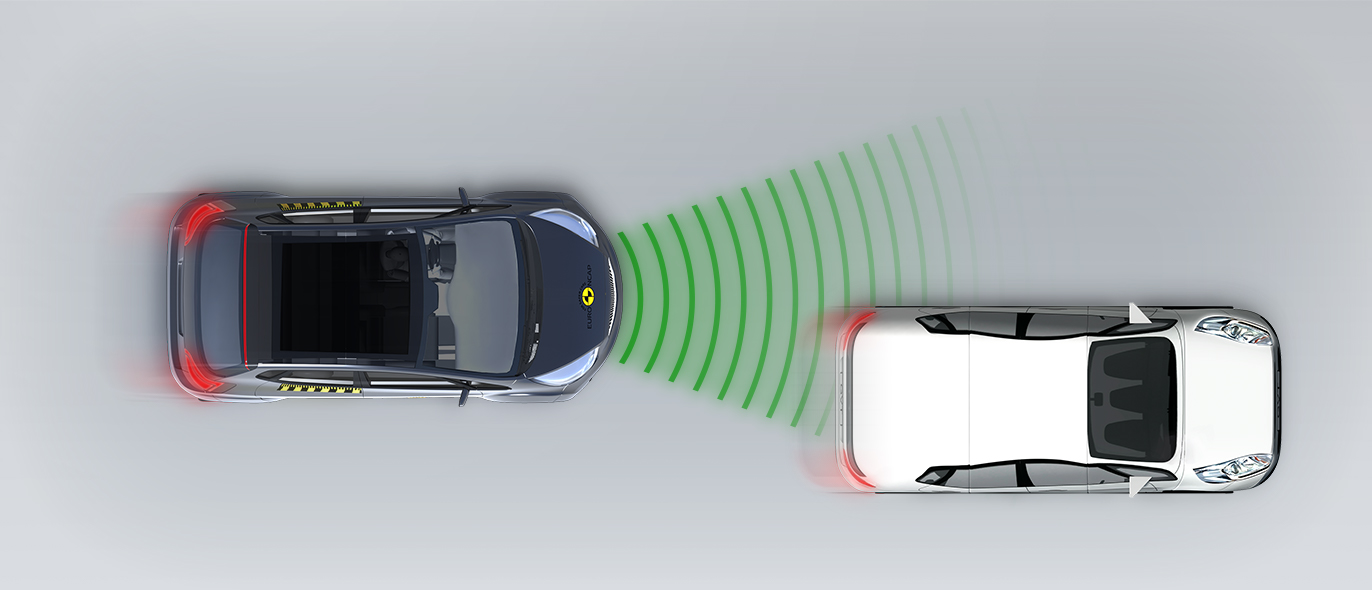
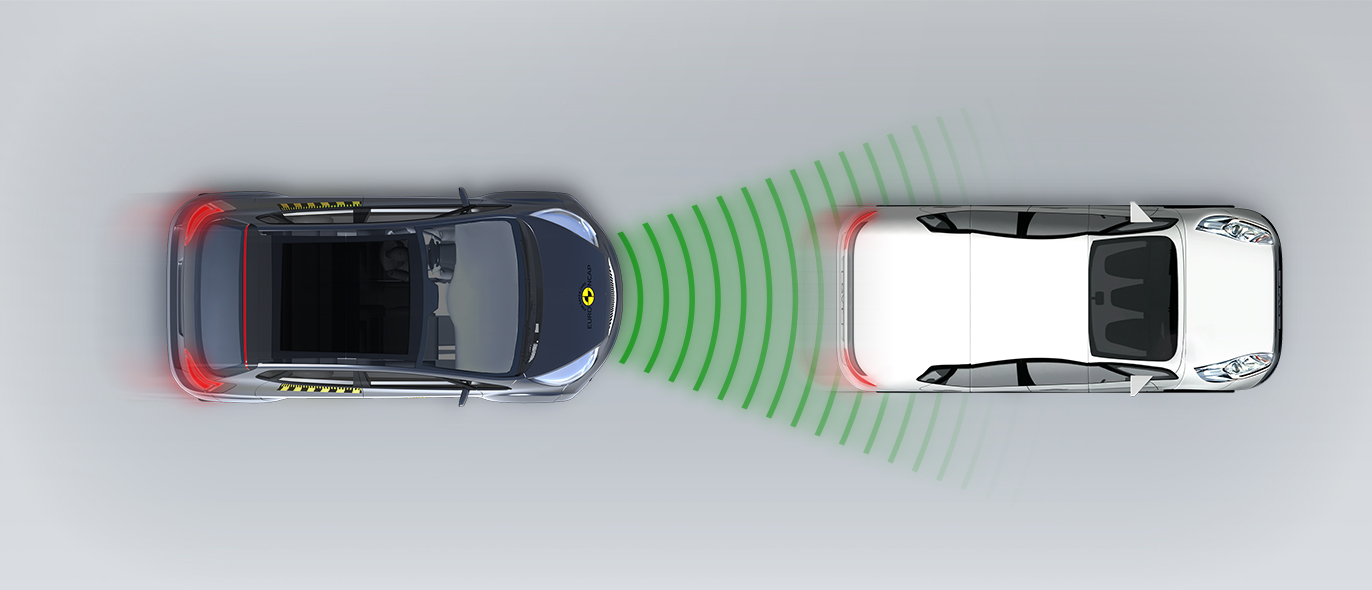
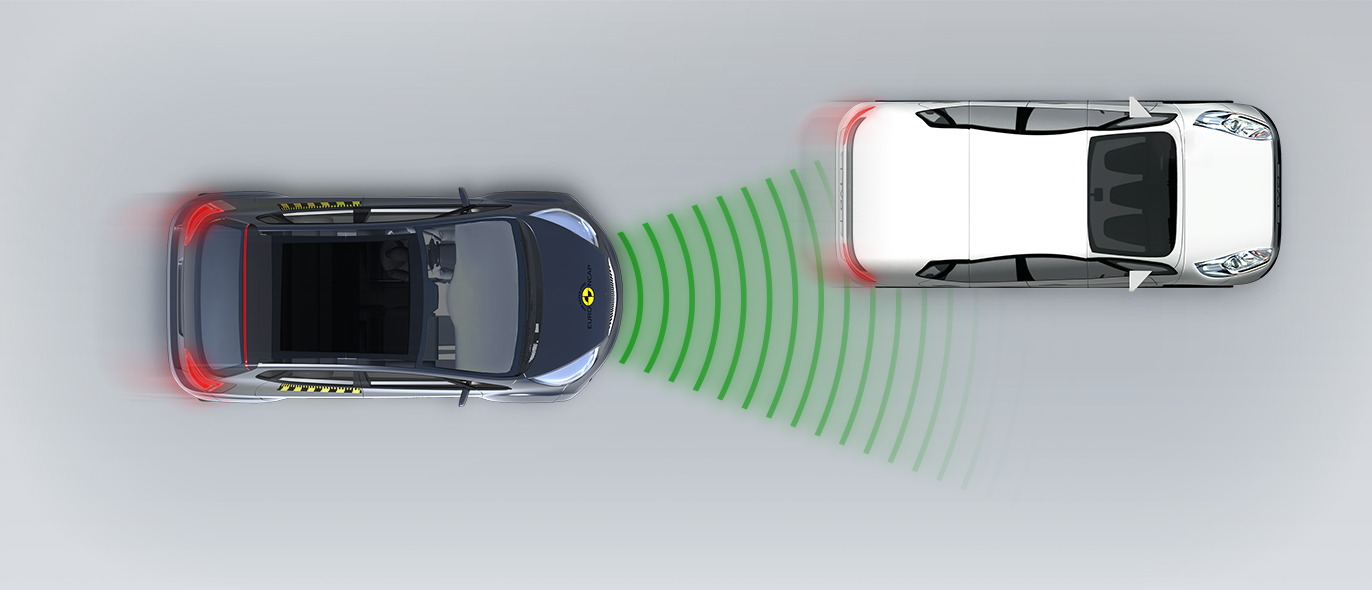


The Defender’s passenger compartment remained stable in the offset frontal test. Dummy readings of femur forces stiff structures in the dashboard and the score for protection of this body area was penalised. The vehicle’s high mass and front structure makes it an aggressive partner to a colliding vehicle and the score for the frontal offset test was reduced as a consequence. In the full-width, rigid wall test, protection was good or adequate for all body critical body regions, except for the chest of the rear passenger, protection of which was rated as marginal, based on readings of chest compression. In both the side barrier test, representing a collision by another vehicle, and the more severe side pole impact, protection was good all-round and the Defender scored maximum points for these tests. In an assessment of protection in far-side impact, dummy excursion (its movement towards the other side of the vehicle) was rated as adequate. The Defender is not equipped with a counter-measure to prevent occupant to occupant contact in side impacts. Tests on the front seats and head restraints demonstrated good protection against whiplash injury in the event of a rear-end collision. A geometric assessment of the rear seats also indicated good whiplash protection. The Defender has a multi-collision braking system which prevents secondary impacts. The car also has an advanced e-Call system which, in the event of an accident, automatically sends a message to the emergency services, giving the car's location.